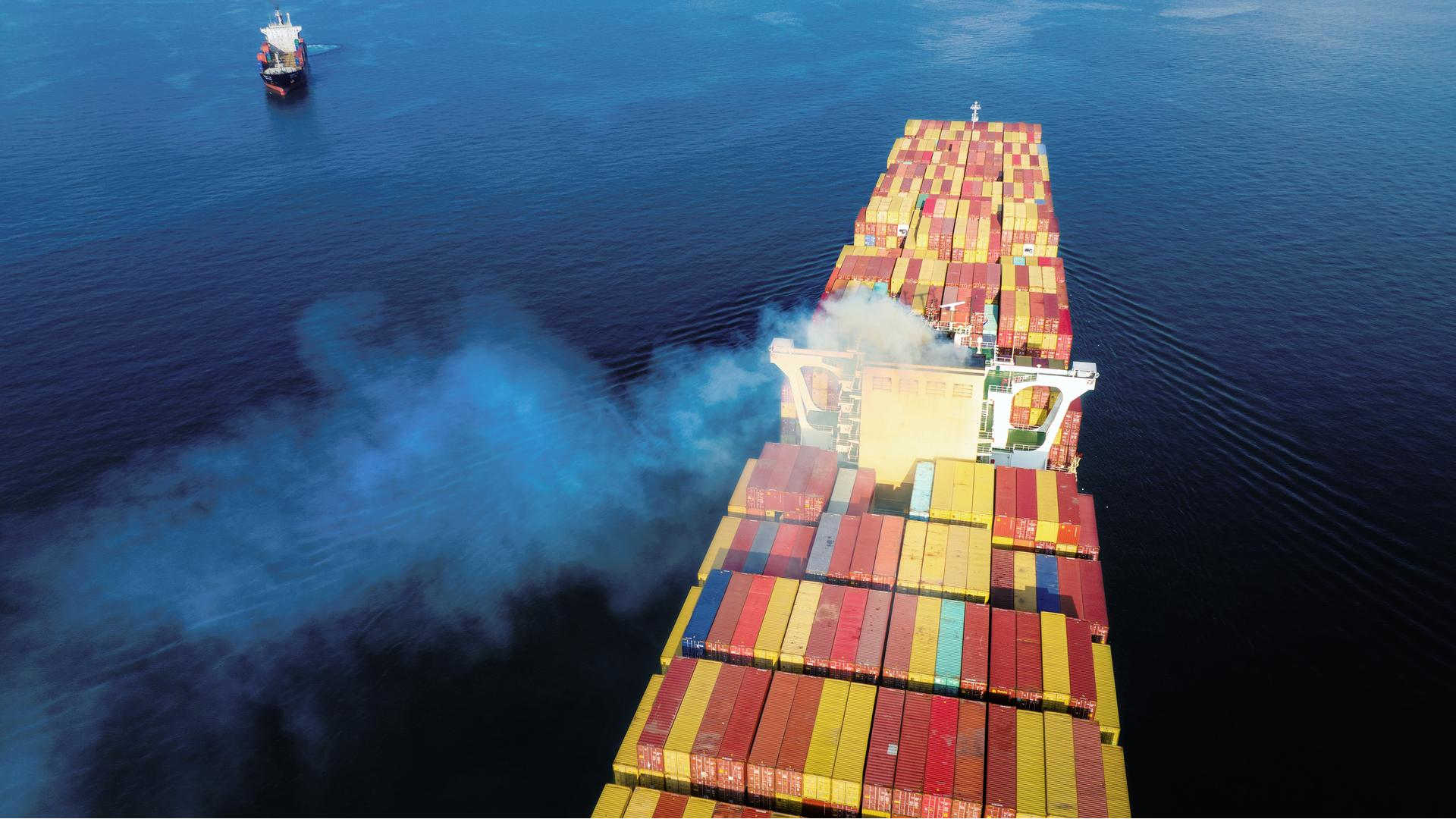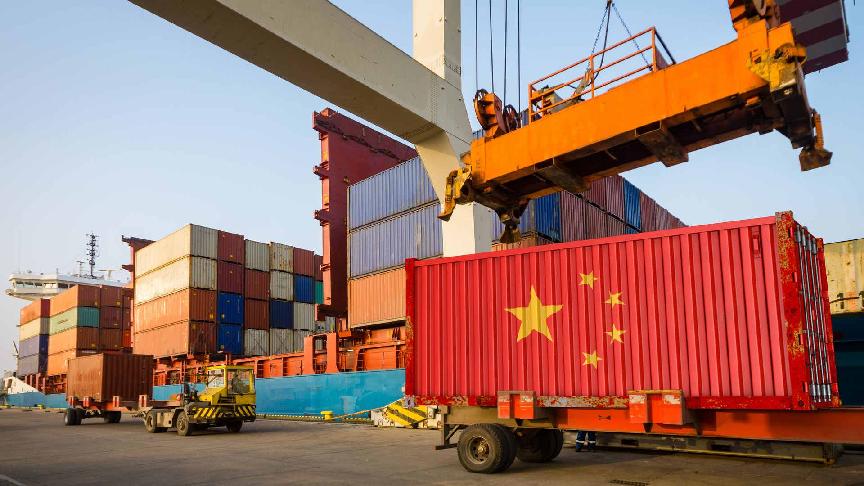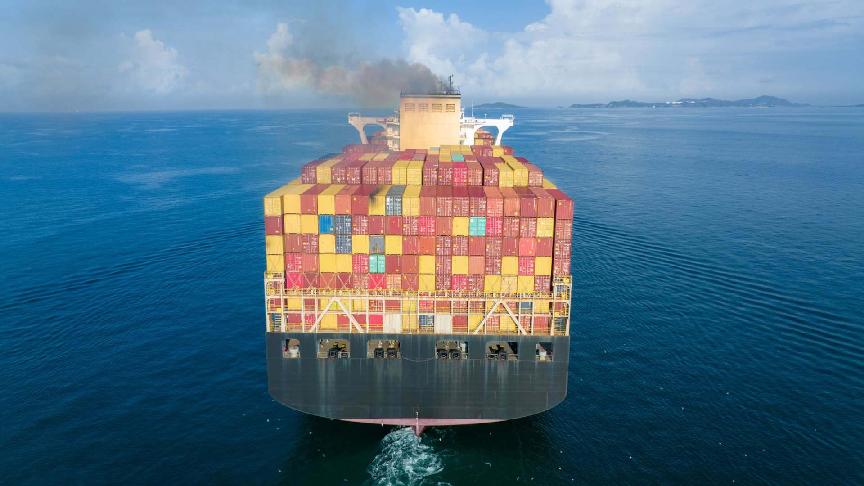26 June 2023 (Lloyd's List) - SHIPPING emissions could fall by 28%-47% by 2030 on the back of 5%-10% uptake of zero-emission fuels, speed reduction of 20% or 30% as well as wind propulsion measures with the highest efficiency, according to a new study by consultancy CE Delft.
“Implementing these measures would increase shipping costs by 6-14% on average, relative to business as usual.”
About half the emission reductions result from lower speeds and other operational measures, wind-assisted propulsion and zero and near-zero greenhouse gas fuels each account for a quarter, the report said.
The study, commissioned by environmental groups Transport & Environment, Seas at Risk, Ocean Conservancy and Pacific Environment, calls for member states to agree on halving shipping emissions by 2030 at the International Maritime Organization’s key meeting next week.
“This analysis clearly shows that these reductions are possible and that costs are not a barrier. The evidence could not come at a better time. The IMO must not squander what may be the last best opportunity to put shipping on track to prevent a climate disaster,” said at Ocean Conservancy campaign manager Delaine McCullough.
Member states will revise the IMO’s GHG strategy on July 3-7 during the Marine Environment Protection Committee.
The IMO’s intersessional working group on reduction of GHG emissions from ships began a five-day meeting on June 26. The discussions at the meeting will inform next week’s MEPC 80, where member states will also discuss market-based measures, such as a carbon levy, and technical measures, including a global fuel standard.
Current IMO targets to reduce GHG emissions in shipping by 50% by 2050 do not align with Paris Agreement goals to keep global warming within 1.5ׄ°C.
But the 50% emissions reduction target by environmental groups for 2030 are much more ambitious than most progressive targets by IMO member states, as the US, the UK and Canada called for a 37% target by 2030, while EU countries target 29% by the same date.







